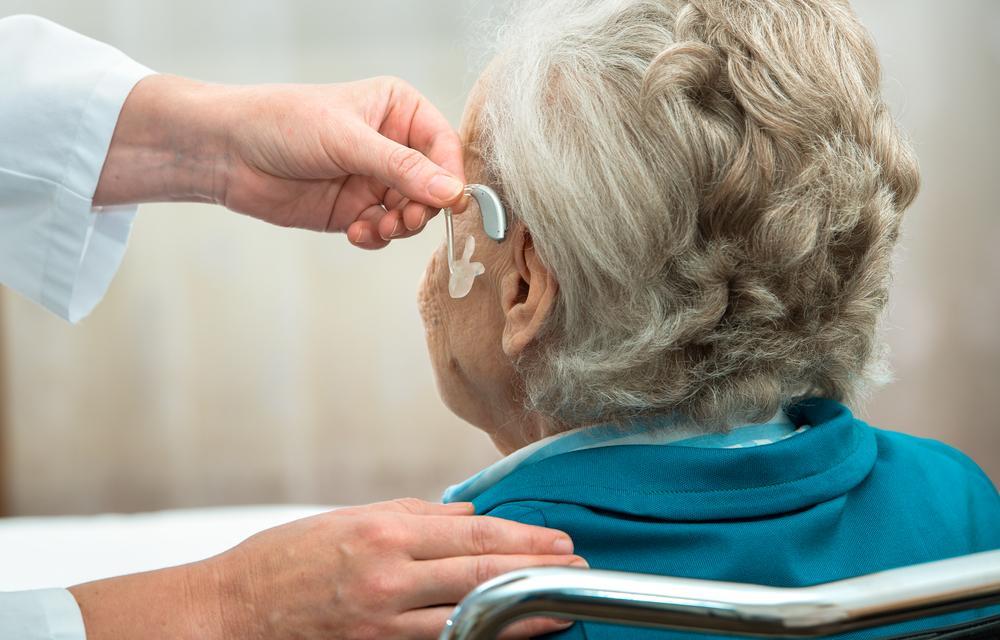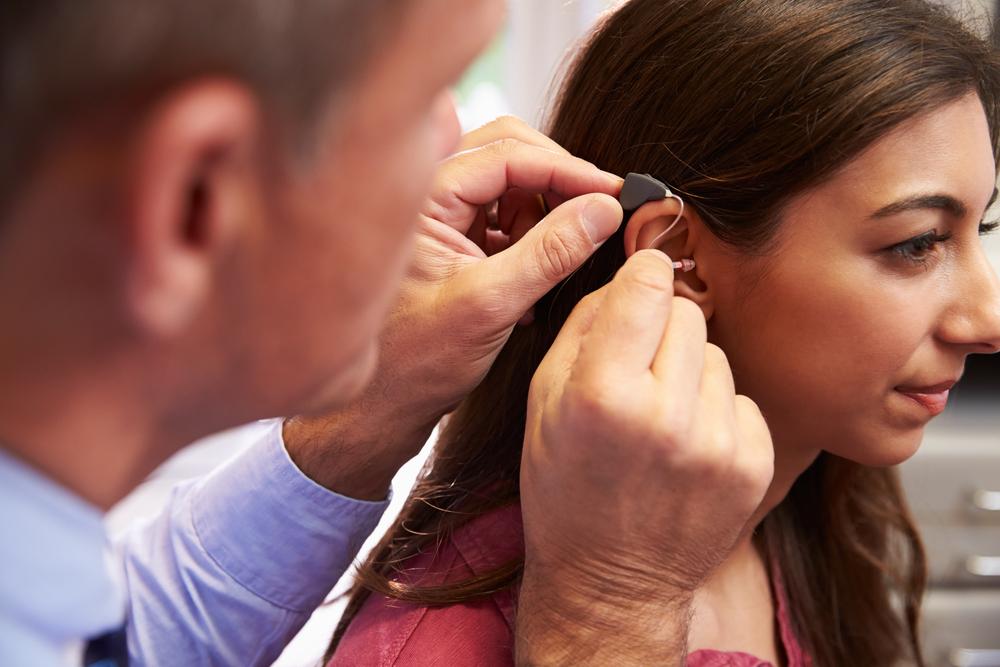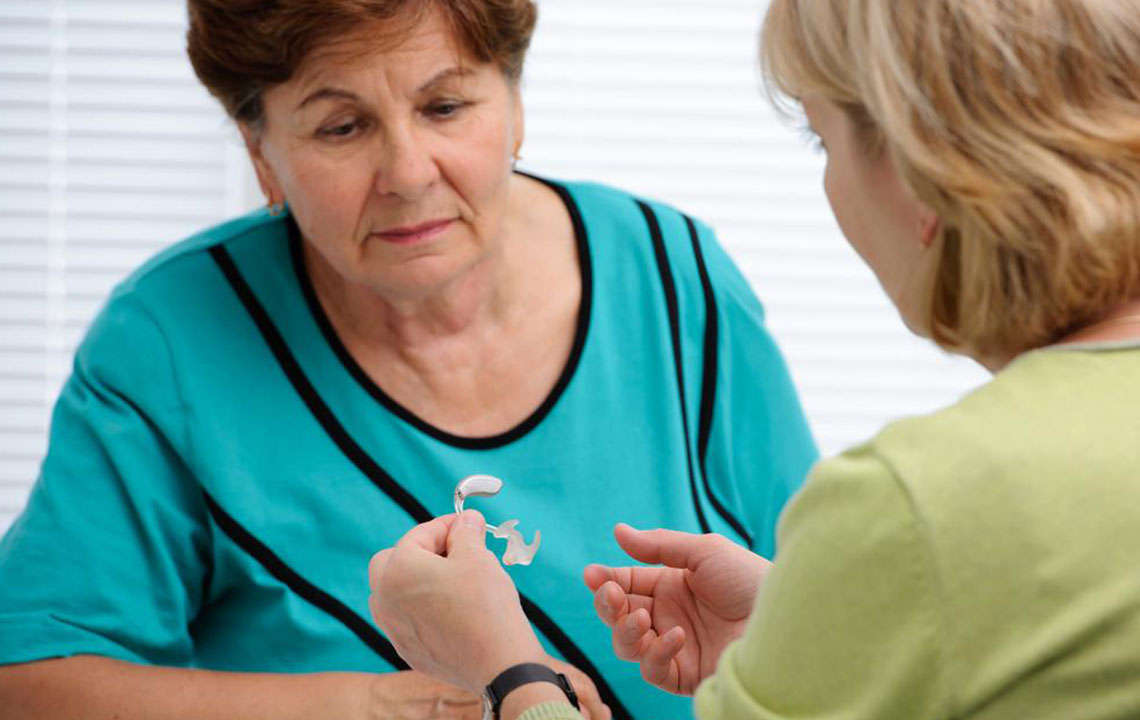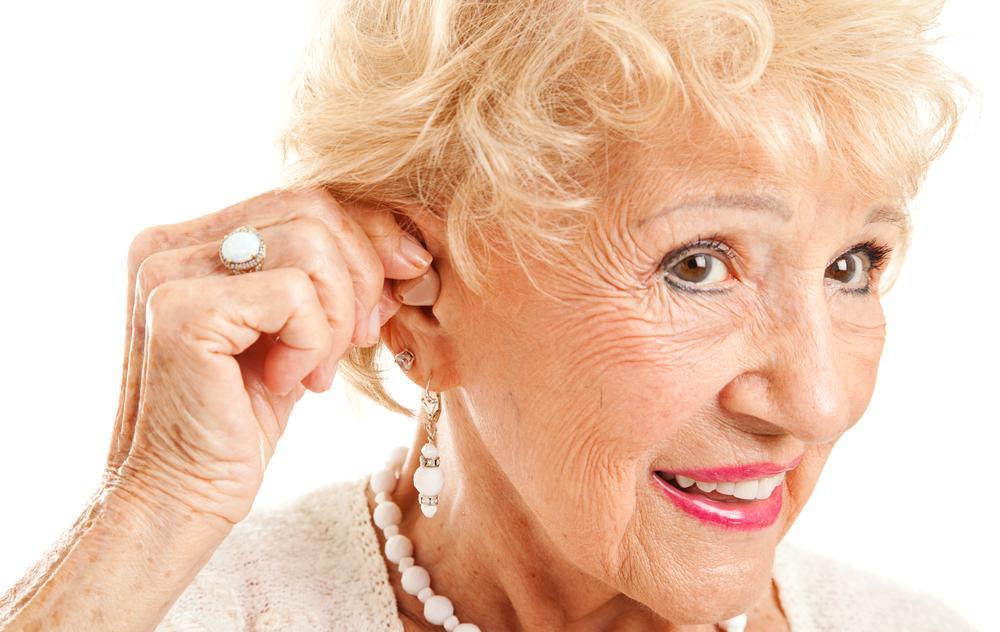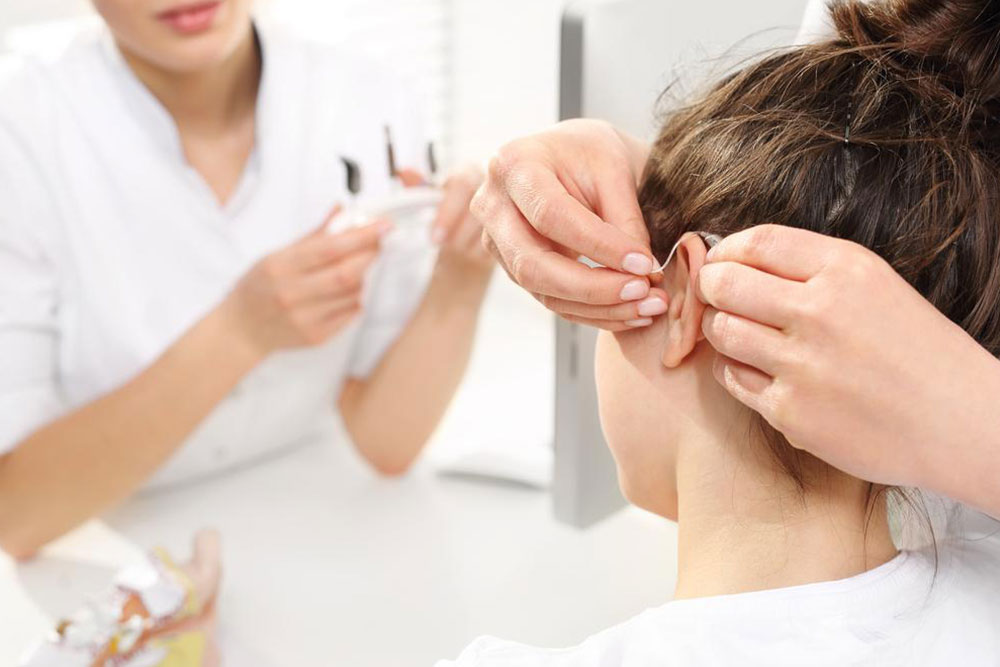Comprehensive Guide to Age-Related Hearing Loss: Causes, Symptoms, and Treatment Options
This comprehensive guide explores the causes, symptoms, and treatment options for age-related hearing loss. Learn about how biological changes, lifestyle factors, and medical conditions contribute to presbycusis. Recognize early signs to seek timely diagnosis and improve quality of life through hearing aids, cochlear implants, and supportive strategies. Understand how to adapt to hearing changes and maintain social engagement, ensuring healthier auditory health as you age. Stay informed about effective management options to live a fulfilling, connected life despite hearing challenges.

Comprehensive Guide to Age-Related Hearing Loss: Causes, Symptoms, and Treatment Options
As people age, many experience gradual declines in their hearing abilities, a condition commonly known as presbycusis. Hearing loss due to aging is a common issue that affects millions globally, impacting communication, social interactions, and overall quality of life. Understanding the intricacies of age-related hearing deterioration, recognizing early signs, and exploring effective management strategies are essential steps in maintaining auditory health well into later years.
This article provides an in-depth exploration of the causes behind hearing loss associated with aging, symptoms to watch for, and a variety of treatment options available today. From biological changes within the ear to lifestyle factors influencing hearing health, we aim to equip you with comprehensive knowledge to take proactive steps toward preserving your hearing or supporting loved ones experiencing hearing difficulties.
Understanding the Causes of Age-Related Hearing Loss
Presbycusis, the medical term for age-related hearing decline, results from complex changes within the auditory system. This condition generally develops gradually over years, often starting with subtle difficulty in understanding speech, especially in noisy environments. Several factors contribute to this progressive deterioration, including structural and functional changes within the ear and brain.
One primary factor involves the degeneration of hair cells within the cochlea, a spiral-shaped organ located in the inner ear responsible for translating sound waves into electrical signals sent to the brain. These hair cells, once damaged or lost, cannot regenerate, leading to persistent hearing impairment. Additionally, the auditory nerve that carries signals from the cochlea to the brain may suffer nerve damage over time.
Structural changes within the inner ear, such as calcification or loss of delicate nerve tissues, also play a role. Decreased blood flow to the inner ear can contribute to hypoxia, weakening auditory structures further. Changes in brain processing, including slower neural responses and reduced ability to differentiate sounds, compound the issue.
Beyond biological factors, lifestyle choices significantly influence hearing health. Chronic exposure to loud noises, even at moderate levels, over many years can accelerate hair cell damage. Genetic predispositions may also make some individuals more susceptible to early or severe hearing loss.
Medical conditions such as diabetes, hypertension, and cardiovascular diseases can impair blood circulation, exacerbating hearing deterioration. Certain medications, notably ototoxic drugs like some antibiotics and chemotherapeutic agents, are known to harm the auditory system as side effects.
Recognizing Early Signs of Hearing Decline
Detecting hearing loss at an early stage is critical for managing the condition effectively. Many individuals may overlook initial symptoms, attributing them to normal aging or assuming they will improve over time. However, being alert to specific signs can prompt timely medical evaluation and intervention.
Difficulty following conversations, especially when multiple people talk at once
Frequently asking others to repeat themselves
Perceiving some sounds as muffled or distorted
Feeling frustrated or tired after social interactions due to listening effort
Turning up the volume on televisions or radios excessively
Misunderstanding or confusing similar sounds, such as 's' and 'the'
Being uncomfortable or overwhelmed in noisy settings like restaurants or social gatherings
Perceiving high-pitched sounds, such as alarms or whistles, as overly loud
Experiencing ringing or buzzing in the ears (tinnitus)
Recognizing these symptoms early allows for prompt assessment by an audiologist or ENT (ear, nose, and throat) specialist. Diagnostic tests, including pure-tone audiometry and otoscopic examinations, can pinpoint the degree and nature of hearing loss.
Effective Treatment and Management Options
While there is currently no cure for presbycusis, several management strategies can significantly improve hearing function and communication abilities. Advances in hearing technology have made it possible for individuals to retain social independence and improve their quality of life despite hearing impairments.
Hearing aids are the most common and effective treatment, designed to amplify sounds and filter background noise. Modern digital hearing aids can be customized to an individual's specific hearing profile, providing clearer sound quality and comfort. Regular consultations with audiologists ensure devices are properly fitted and maintained.
For those with profound deafness or significant hearing loss, cochlear implants may be an option. These electronic devices bypass damaged hair cells and directly stimulate the auditory nerve, restoring hearing in many cases. Rehabilitation programs, including auditory training and speech therapy, help maximize the benefits of such devices.
Additionally, auxiliary tools like amplified telephones, alerting devices (e.g., flashing lights for doorbells or alarms), and assistive listening devices can enhance communication in daily life. Learning alternative communication methods, such as sign language or lip reading, can be invaluable, especially for individuals with severe or complete deafness.
Maintaining overall health also plays a role in preserving hearing. Managing cardiovascular and metabolic conditions, avoiding excessive noise exposure, and minimizing ototoxic medication use under medical supervision are proactive steps to protect auditory health.
Living Well with Hearing Loss
Adapting to hearing loss involves not only medical management but also emotional and social support. Support groups and counseling can help individuals cope with the psychological impact of hearing impairment, reducing feelings of isolation or frustration.
Creating a communication-friendly environment—reducing background noise, facing speakers directly, and using visual cues—can significantly improve daily interactions. Family members and friends should be encouraged to be patient, speak clearly, and maintain eye contact.
In conclusion, age-related hearing loss is a common but manageable condition. Early recognition, technological assistance, and a proactive approach to health and communication can help affected individuals maintain active, engaged lifestyles well into their later years. Staying informed and seeking professional advice regularly are key components of effective hearing health management.

